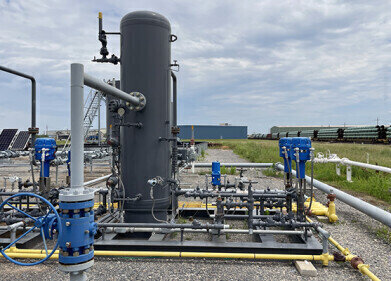Air Clean Up
Should I Be Concerned about Ozone Pollution?
Dec 23 2015
We’ve all heard of the ozone layer. This naturally occurring layer of molecules in the stratospheric forms a protective barrier against the ultraviolet (UV), carcinogenic rays of the sun. Indeed, the hole in the ozone layer above the southern hemisphere (particularly Australia) is a well-documented health risk. Therefore, it’s easy to view ozone as a purely positive thing.
However, this neglects the other kind of ozone – the manmade variety. Occurring at much lower altitudes in the troposphere, this ozone is formed by power plants and internal combustion engines. Because of its lower altitude, it can pose health risks for those susceptible to inhalation.
How Ozone is Formed
Stratospheric ozone (the ‘good’ kind) is formed when oxygen molecules are split into distinct atoms by the UV rays of the sun. When this distinct atom collides with a complete oxygen molecule, it then morphs into ozone. This variety of ozone is beneficial to man.
Meanwhile, tropospheric ozone (the ‘bad’ kind) is not a naturally-occurring phenomenon. The harmful emissions of volatile organic compounds (VOC) and nitrogen oxides (NOx) which come from car engines and industrial factories react with oxygen to create ozone. This happens most often on hotter days, when the sun’s warmth acts as a catalyst for the creation of ozone. As such, ozone is generally more widespread in the afternoons of hot spring, summer and autumn days. It is less common in winter.
Extensive research into the influence of oil and gas emissions on ambient non-methane hydrocarbons in residential areas has revealed that the prevalence of ozone is a direct result of internal combustion engines and poses a great health risk to local residents.
What are the Effects of Ozone
As a corrosive substance, ozone can cause great damaged to your inner organs when inhaled. Those with pre-existing respiratory complications, the elderly, the very young and those partaking in strenuous outdoor activity are most at risk from developing problems due to ozone inhalation. Among others, these problems can manifest themselves as:
- Aggravation of asthma
- Lung capacity reduction
- Chest pain
- Coughing
- Lung tissue inflammation
- Respiratory infections
As well as adversely affecting the health of humans, in large quantities ozone can also prove fatal to vegetation, trees and agricultural produce. Because of this, it’s important to reduce the amount of ozone in our atmosphere as much as possible.
How to Avoid Ozone Pollution
The air quality index (AQI) offers a comprehensive overview of the pollution in the air we breathe. As well as measuring ozone levels, it also quantifies the amount of particulate matter 2.5 (PM2.5), sulphur dioxide (SO2), nitrogen dioxide (NO2) and carbon monoxide (CO). Keeping abreast of these levels can allow you to make better informed decisions as to when to venture outdoors, especially if you plan on doing strenuous activity.
In addition to this, you can also do your bit to reduce the amount of ozone in the troposphere by:
- Avoiding using the car during the afternoon and early evening of warm days
- Avoiding using the lawnmower during these times
- Avoiding refuelling your car during these times
- Avoiding lighting fires or using the barbecue during these times
- Tuning your car engine regularly
- Keeping your car tyres inflated
- Conserving energy
- Using only paints and other chemical-based substances which have been cleared for environmental friendliness
Events
Apr 22 2024 Hannover, Germany
Apr 23 2024 Kuala Lumpur, Malaysia
Apr 24 2024 Sao Paulo, Brasil
May 05 2024 Seville, Spain
May 13 2024 Munich, Germany














